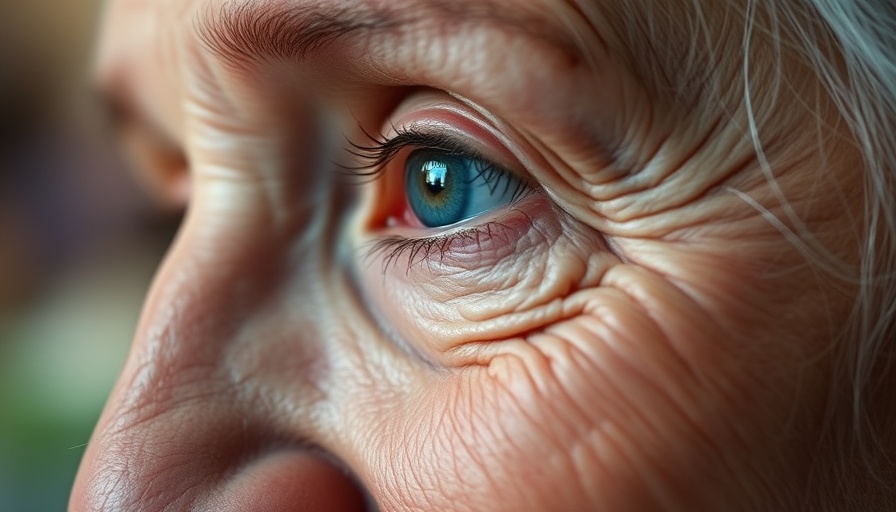
The Dual Role of AI in Cybersecurity
As artificial intelligence (AI) continues to make a profound impact across industries, particularly in healthcare, it’s essential to navigate its dual role in cybersecurity. On one hand, AI can bolster security measures—improving threat detection and response times. On the other hand, it can also serve as a tool for cybercriminals to exploit vulnerabilities, raising significant concerns for healthcare organizations.
Understanding the Risks Involved
With recent findings by the Pew Research Center indicating that 58% of U.S. adults under 30 have engaged with generative AI services like ChatGPT, it is evident that the use of AI tools is more prevalent than ever. While these platforms enhance productivity and learning, they can also lead to serious data breaches, especially if employees use unmonitored tools. This opens avenues for cybercriminals to craft sophisticated attacks utilizing the same generative tools.
Perspectives on AI and Cybersecurity
Stephanie Hagopian, vice president of physical and cybersecurity services at CDW, underscores the layered approaches organizations must consider: security with AI, for AI, and from AI. Each approach comes with its own nuances and complexities that must be carefully evaluated. Improved awareness and strategic investment in technology solutions are crucial for effective governance over AI tools in use.
Taming AI for Healthcare Innovations
Healthcare organizations are not just consumers of AI; they also deploy AI solutions ranging from virtual nursing programs to chatbot assistance for clinicians. These applications, however, come with their own set of risks. The National Institute of Standards and Technology has highlighted the potential for malicious actors to manipulate these AI systems, posing real dangers to patient care and sensitive data.
A Future with AI: Opportunities and Challenges
While AI brings a wave of innovation, it also necessitates a robust framework for mitigating risks. Organizations must strike a balance between embracing AI for its benefits in operational efficiency and safeguarding against the threats it poses. It is critical to invest in both advanced security tools and the foundational governance structures to ensure these technologies are utilized safely and effectively.
Moving Forward: What Healthcare Must Consider
As healthcare continues to adopt AI technologies, understanding the implications on cybersecurity is vital. Organizations must remain vigilant and proactive in evaluating their cybersecurity defenses and educating employees about the proper use of AI tools. Investing in comprehensive training and adopting secure AI applications will be key in safeguarding against the evolving landscape of cyber threats.
 Add Row
Add Row  Add
Add 




Write A Comment